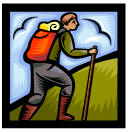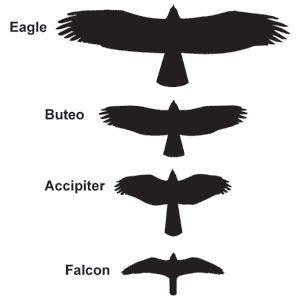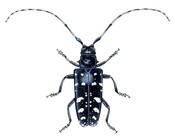
A Special Place to Visit in Tilton
The town of Tilton has many special places – natural, historic,
architectural, and retail.
This Tilton Conservation Newsletter offers a glimpse into one
of those special places – The
Lochmere Archeological
District – along with a suggestion to make a visit here sometime
this
fall. This site is listed
on the National Register of Historic Places.
Located
at N 43° 28.296 W 071° 32.037 (between Lake Winnisquam and
Silver Lake), the
marker
refers to the area where some of the first peoples of NH were
living some 6,000 years
ago.
The fishing area
here was probably used by the Pennacook, Pemigewasset, Ossipee,
and
Winnepiseogee Indians (information
source).
There is evidence that hunting, food preparation,
and tool manufacturing
took place in the district as well (information
source).
Close by, you will find the Lochmere Dam and a quiet place to view
Silver Lake
and
reflect upon the history of the area.
Fall Hiking Tips
Fall is a terrific time to explore
woods, hills, or mountains as the leaves
change colors and cooler temperatures make hiking even more
enjoyable.
However, it's important to be prepared wherever you travel.
Here are a few things
to remember
before you go hiking:

1. Dress in layers so you can handle any sudden changes in temperature
2. Be sure to check weather conditions before you leave
3. Remember to
bring rain and wind gear
4.
Leave early since fall days are shorter; plan to be back before dark
5. Bring
water, snacks, a compass, a map, a first aid kit, a flashlight, and
a cell phone even if only going for a short hike
6. Sunscreen, sunglasses, and a hat are necessary items to wear
7. Don't hike alone - bring a friend with you and stay together
8. Always tell someone where you’re going and when you’ll return

lake shores. Your
Fall is one
of the best times to watch as hawks migrate south for the winter.
action. Best hawk watching comes on clear days with a northerly wind.
More hawks
seen
after the sun warms up the morning.
wing and tail
shapes. The graphic below is provided to get you started.

More information about each kind of hawk (plus their typical voice) can
be found at
http://www.allaboutbirds.org/guide/browse.aspx?shape=36,10
NH Audubon has a list of best locations to
watch hawks, including some in central NH.
Go to
http://www.nhaudubon.org/atn_hawks.html
For any
experts reading this, try the raptor quiz from Hawk Mountain at


